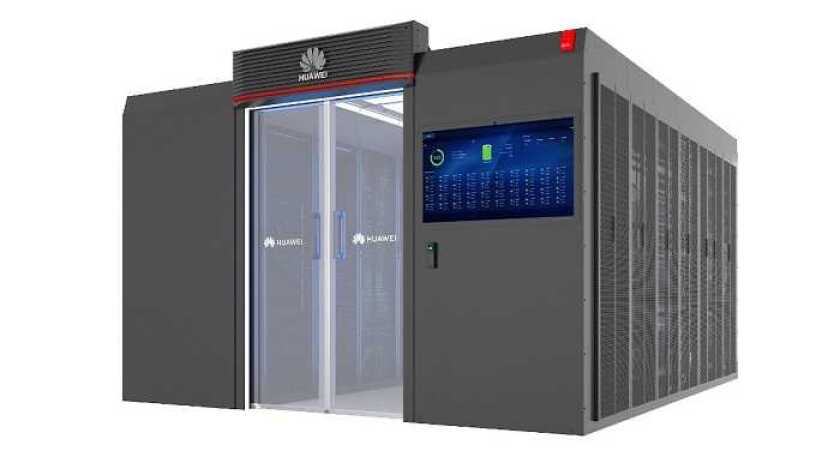The solution builds a smart and green data centre based on SmartLi inside, a big screen visualising the digital twin, and AI-Robot intelligent Operations and Maintenance (O&M).
The company said that the data centre has no need for a traditional raised floor design, and instead, has air conditioner pipes and strong- and weak-current cables that are routed from the top.
This means that equipment can be accommodated in ceiling heights as low as 2.6-m, which is below the 3-m minimum height required for a traditional data centre.
Zhenfu Fei, President of Huawei Data Centre Facility Domain said, "With the development of Artificial Intelligence (AI), big data, cloud computing, and the Internet of Things (IoT), increasing demands are placed on data centres, in turn driving their advancement as the cornerstones of the intelligent digital world.
"Huawei Smart Modular Data Centre 5.0 uses AI to build next-level data centre intelligence, making full use of our proprietary smart lithium battery — SmartLi — to implement full lithium battery backup."
Elsewhere, the SmartLi Uninterruptible Power Supply (UPS) has low load-bearing requirements — falling below 1000 kg/m2 for Tier III and Tier IV data centres in TIA-942.
This means that the power supply system and Information Technology (IT) devices can be deployed in the same room.
Huawei's Smart Modular Data Centre 5.0 Solution marks a step forward on Huawei's journey to promote and lead energy digitalisation.
“Huawei Digital Power will continue to innovate and integrate ICT, AI algorithms, intelligent communications, and infrastructure to enable the automated driving of data centres, harnessing intelligence to create real-world value for customers,” said the company.
“Doing away with the need for a separate power room, this high-density solution slashes the space needed for the lithium batteries by 75%, compared with lead-acid alternatives, meaning more revenue-generating IT cabinets can be deployed instead.”





